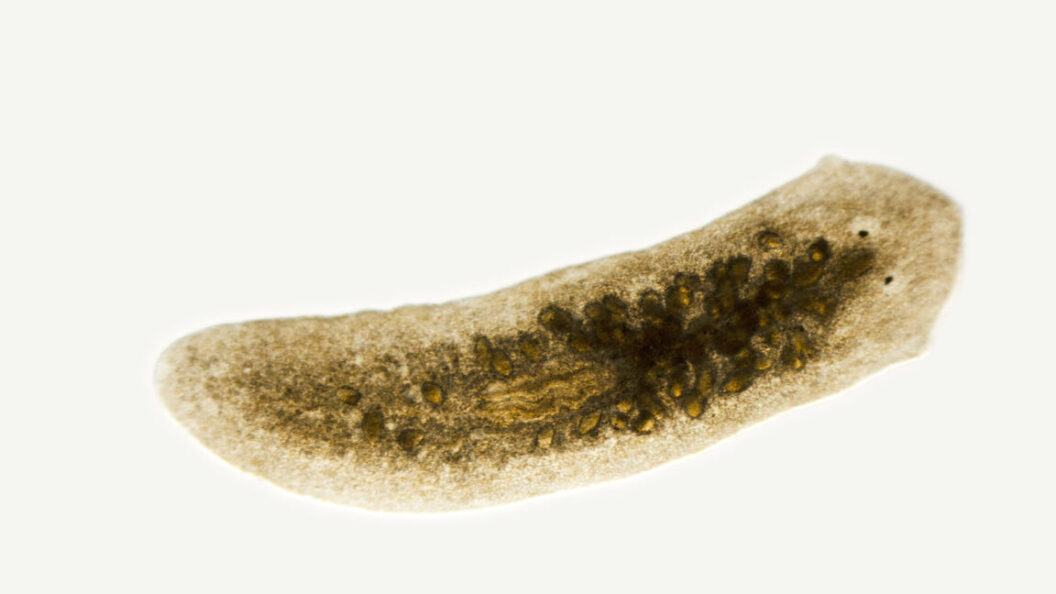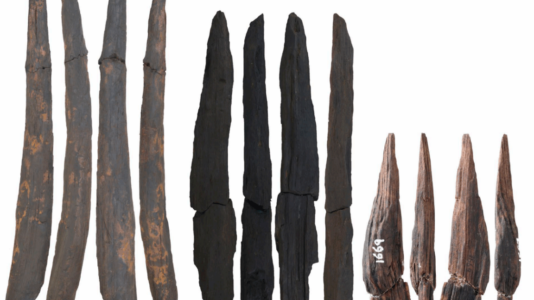Title: New Research Offers Insight into Embryonic Regeneration in Animals
Introduction
Recent scientific findings have illuminated the intricate processes involved in embryonic regeneration, focusing on the ability of certain organisms to heal and develop new body parts following injury. The study, published in Current Biology, explores the regenerative capabilities of embryos, emphasizing how specific signaling pathways and the presence of muscle cells influence the regeneration of body parts.
The Regeneration Process Explained
Researchers observed that when targeted injuries occurred in the early stages of embryonic development, the initial response involved a failure to close the wound effectively. As a result, the two halves of the embryo emitted excess cells into their environment. A noteworthy aspect of the study revealed that despite this initial setback, there was substantial survival success, with the anterior portion of the embryo capable of regenerating a new tail segment.
Role of Wnt Signaling
A significant element discussed in the research is the role of Wnt signaling pathways. While the posterior section of the embryo struggled to regenerate a head, inhibiting Wnt signaling in these fragments led to successful head formation. This discovery suggests that Wnt pathways, known for their organizing effects during development, may hinder the growth of anterior structures if they are overly active in the posterior region.
Potential Muscle Cell Contribution
The researchers propose that the challenge in head regeneration may stem from a deficiency of muscle cells, essential for forming a "blastema," which serves as the foundation for regeneration. By cutting off the tails of embryos and allowing a 24-hour period before further modifying the tissue, the team observed that tail fragments could successfully regenerate a head under these conditions. This step indicates that critical developmental processes occur within the tail during this timeframe, but more investigations are necessary to confirm the precise role of muscle cells.
Implications for Understanding Regeneration
The findings underscore the complexity of regenerative biology, particularly emphasizing that the signaling mechanisms necessary for reorganizing embryonic structure do not emerge instantaneously. Instead, they develop incrementally over time. This research contributes significantly to the broader understanding of regeneration in animals, providing a clearer picture of how cellular organization and signaling pathways interact during early developmental stages.
Conclusion
This study presents a comprehensive look at the regenerative abilities of embryos and highlights the importance of Wnt signaling and muscle cells in this process. As scientists continue to investigate the nuances of regeneration, these insights hold the potential to inform future biological research and could pave the way for advancements in regenerative medicine. Such progress may eventually lead to improved healing techniques or even organ regeneration in humans, marking a significant milestone in medical science.









